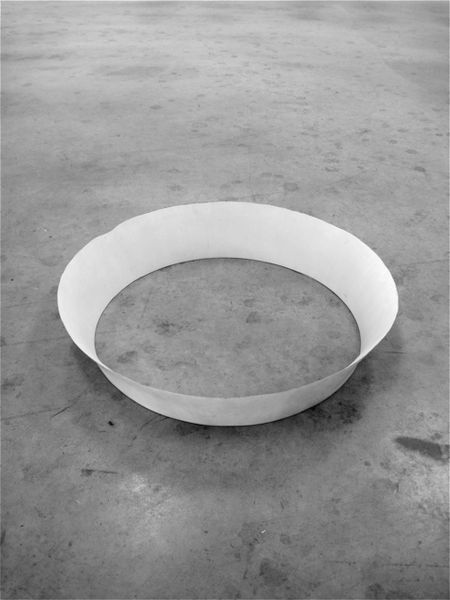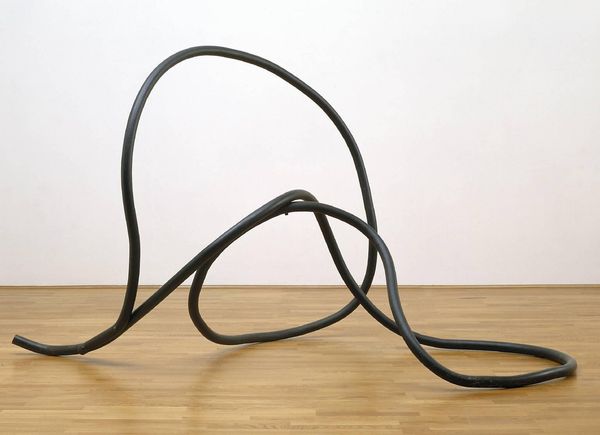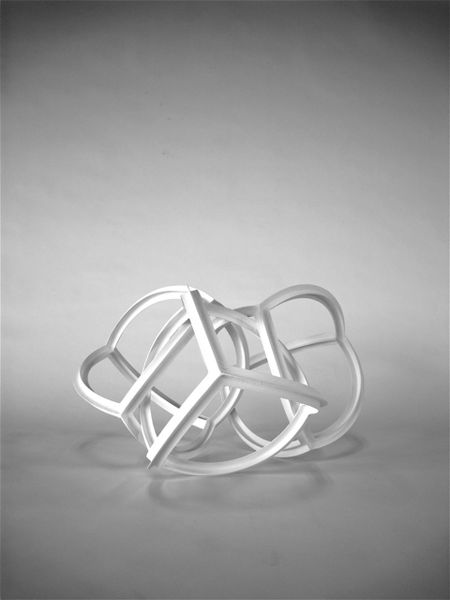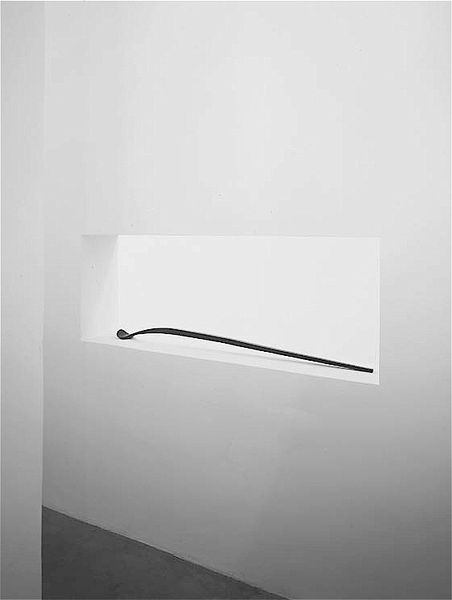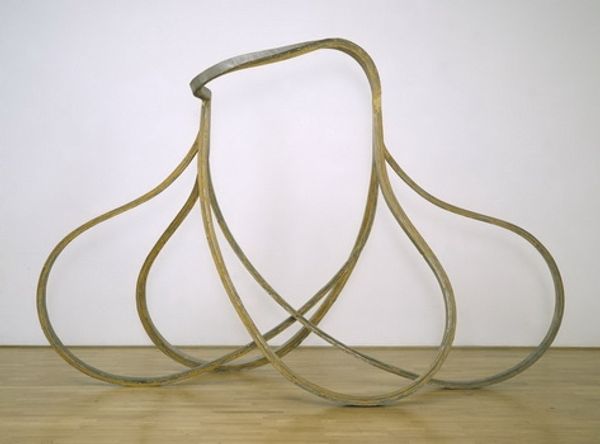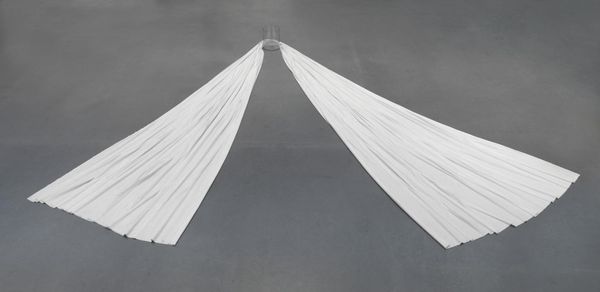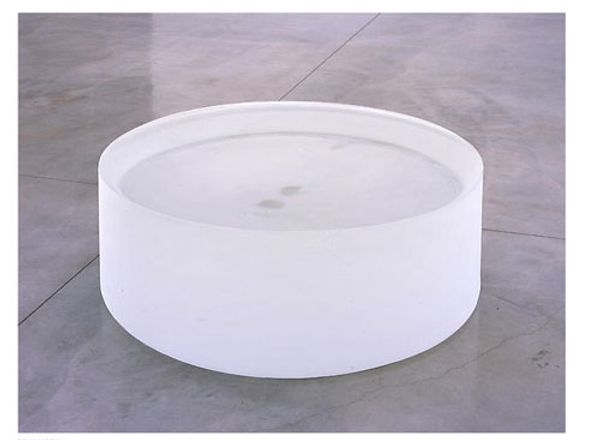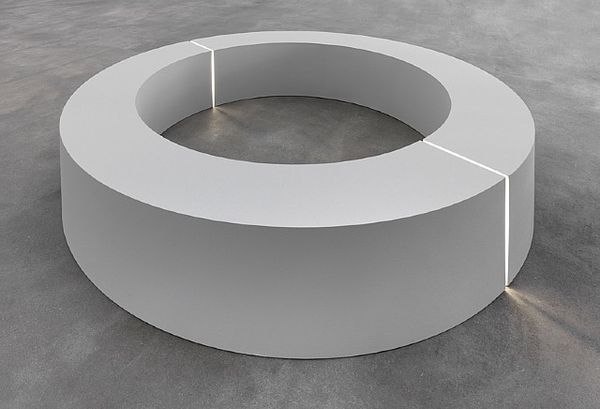
metal, sculpture
#
3d sculpting
#
non-objective-art
#
3d image
#
3d printed part
#
minimalism
#
metal
#
sculpture
#
3d printing
#
plastic material rendering
#
sculptural image
#
abstract
#
3d shape
#
geometric
#
sculpture
#
geometric-abstraction
#
metallic object render
#
3d effect
Copyright: Katsuhito Nishikawa,Fair Use
Katsuhito Nishikawa created this untitled sculpture sometime after his birth in 1949, using simple geometric forms to explore complex ideas about space and structure. Nishikawa emerged as part of Japan's Mono-ha movement, which gained prominence in the late 1960s and 70s. Mono-ha, meaning "School of Things," challenged traditional art-making by presenting natural and industrial materials with minimal intervention. By arranging rather than altering, the artists emphasized the inherent qualities of the materials themselves. Nishikawa’s repeated circular forms can be seen as an effort to explore the relationships between objects, space, and perception, inviting viewers to consider the material and its environment as an interconnected whole. Understanding this work requires attention to its historical context. Academic papers, exhibition catalogs, and artist interviews can help us see the ways in which Nishikawa and the Mono-ha movement questioned established artistic conventions and offered new ways of engaging with the world around them.
Comments
No comments
Be the first to comment and join the conversation on the ultimate creative platform.
